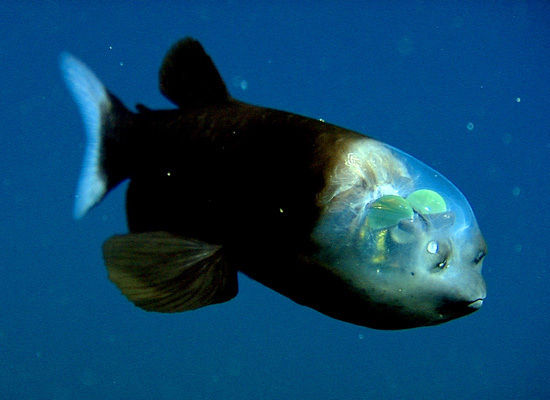| 9. Mar 2010 @ 23:34 dīvainākie dzīvnieki |
|---|

The Hispaniolan solenodon, a strange looking shrew-like creature with a
long snout and specialised teeth capable of delivering venom. Only two
solenodon species exist today, one in Haiti and the Dominican Republic,
and the other in Cuba

Discovered in 2005 in the South Pacific Ocean, this creature was dubbed
the "yeti lobster" or "yeti crab". It lives at a depth of 2,200 metres
on hydrothermal vents along the Pacific-Antarctic

The long eared jerboa is a nocturnal mouse-like rodent found in the
deserts of China and Mongolia. It has a long tail, long legs and
extremely large ears. Being such a rare creature, it is in danger of
extinction

The aye-aye shares a lot in common with the woodpecker - it taps trees
to find grubs. When food is located it uses its rodent-like teeth to
gnaw a hole, then digs them out with its long middle finger

Leafy seadragons are covered with leaf-like appendages, making them
remarkably camouflaged. Found in Australia, they inhabit calm, cold
water and have been protected by the government since 1982

Hairy frogfish walk along the seabed hunting for food. This rare creature can be found in Indonesia

Researchers at the Monterey Bay Aquarium Research Institute recently
solved the half-century-old mystery of a fish with tubular eyes and a
transparent head. Ever since the "barreleye" fish Macropinna microstoma
was first described in 1939, marine biologists have known that it's
tubular eyes are very good at collecting light. However, the eyes were
believed to be fixed in place and seemed to provide only a
"tunnel-vision" view of whatever was directly above the fish's head. A
new paper by Bruce Robison and Kim Reisenbichler shows that these
unusual eyes can rotate within a transparent shield that covers the
fish's head. This allows the barreleye to peer up at potential prey or
focus forward to see what it is eating.
|

